Are Disney Films Responsible for Poor Millennial Body Image?
November 2018 | Reading time: 3 minutes
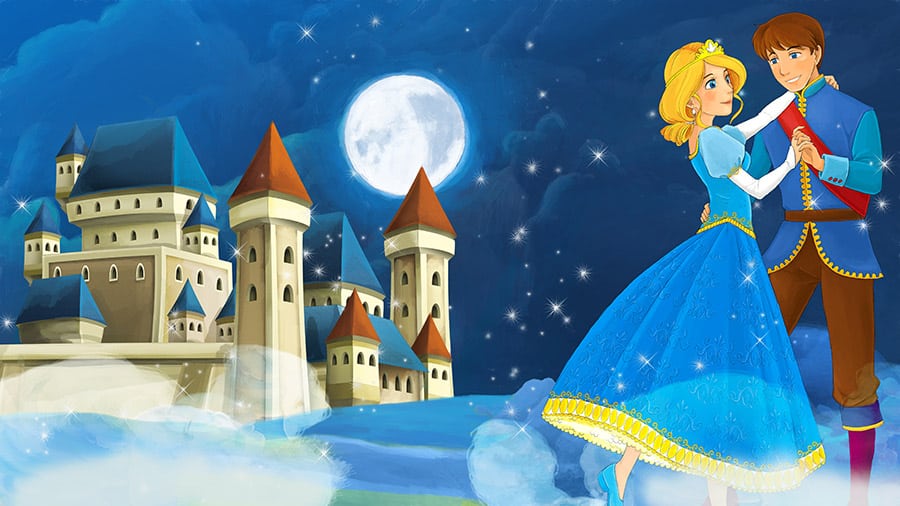
Table of Contents
In recent years there has been a lot of outrage regarding the appearance of characters in Disney films. Many people believe the slim figures corrupt the minds of young children, and the famous hourglass image leads to body image issues.
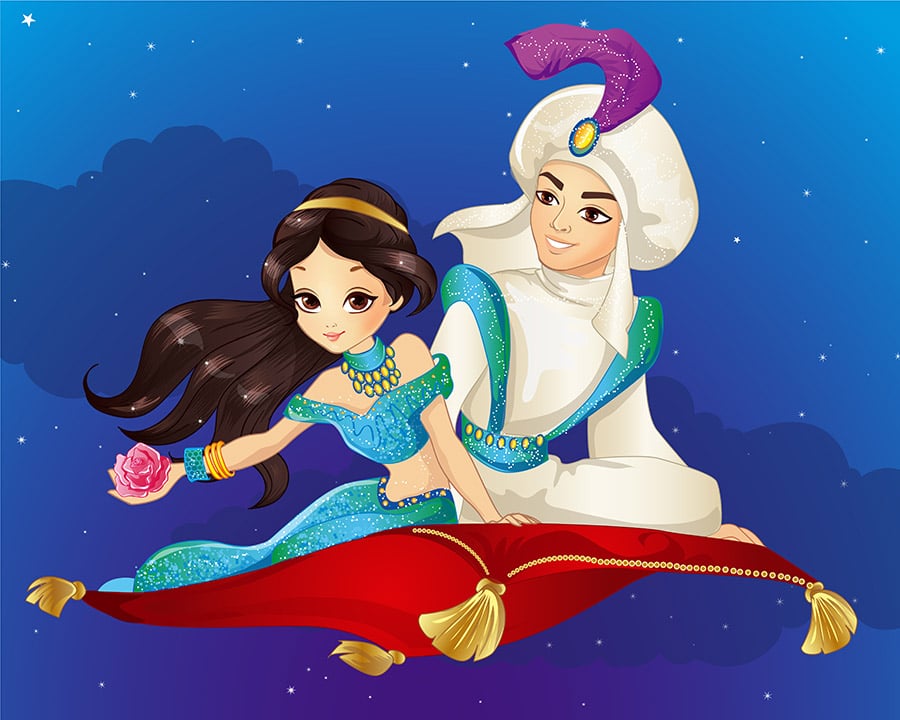
A study conducted at Brigham Young University tested whether Disney princesses affected the behaviour of 200 pre-school children. The results showed that girls with body-esteem issues were more likely to engage with Disney Princesses, and this engagement increased over time. Girls as young as aged 3 believed that women are thin because of these films.
Disney Merida
This issue is not just linked to the portrayal of characters in films. Dolls also have a significant, if not more dominant impact in communicating the wrong messages about body image. The most famous example of this is Barbie dolls, boasting a thin waist, prominent bust and curvy hips. The dolls of the Disney character Merida from ‘Brave’ also received a lot of negative attention. In the film, Merida was a realistic and average figure, with an indefinite bust, and a plain face devoid of make-up. However, the Merida doll had a much more pronounced bust, thinner waist and a lot of make-up on.
Here, Disney missed out on their chance to have a positive impact on body image for their young audience. Instead, they conformed to the unrealistic image that so many dolls adopt. Furthermore, researcher Sarah Coyne pointed out the ‘feminisation’ of Merida detracts from Merida’s fierce strength and independence in the film. Her strength is what the younger generation should aspire to, rather than wanting to have a certain look that is unhealthy and unattainable.
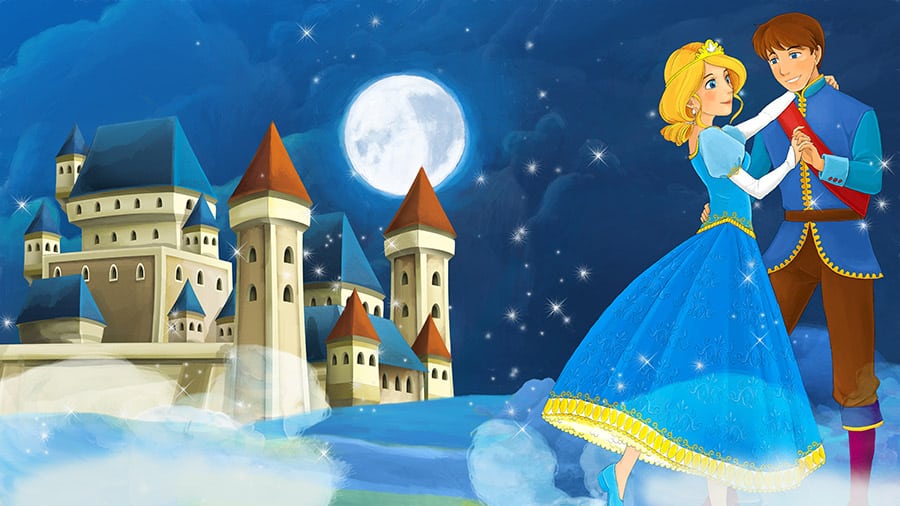
Moana
Fortunately, Disney’s ‘Moana’ in 2016 is better than the traditional Disney Princess films. Moana is much more average looking so audiences identify with her. As a result of this, children idolise her heroic traits rather than her appearance. Interestingly, in a study conducted by Dr Maya Götz for the International Central Institute for Youth and Educational Television, 70% of 1,055 children said they wanted to watch an average character, rather than a thin or chubby one. This corroborates with the idea that children need to see characters they relate to, and whom they see themselves in.
This is a great opportunity for the media and toy industry to have a positive and constructive effect on their young audience. By reducing the focus on body image, children idolise or copy traits and behaviours. Interestingly, a blogger for the Huffington Post argues that parents should openly discuss body image with young children. This helps children to understand there are a range of body types, and there is a difference between what is realistic and unrealistic. Either way, it is vital that the media and toy industry stop producing these unrealistic images. A better way to use their influence is to teach children how to love themselves, and that everyone is unique in their own way.
If you want to look and feel even better, read about our HIFU Face Lift treatment which restores health and vitality to your skin.
Related Articles

New Year, New You: Ideas for New Year’s Resolutions
It's 2019 already! We all know what that means - it's your chance to start over and do things right....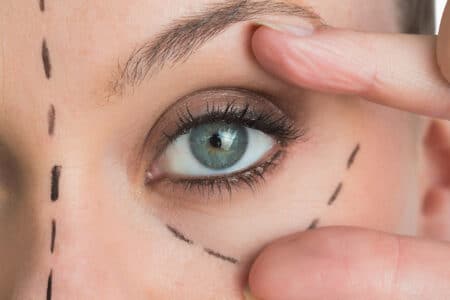
Alternatives to Blepharoplasty Surgery
Sometimes, eyelid surgery (Blepharoplasty) is medically necessary. For instance, doctors may recommend it to those with superior visual field loss...
Natural Remedies to Stop Hair Loss
We all want a full head of hair. Sometimes hair loss can be genetic, but pollution, stress, and chemicals can significantly damage the...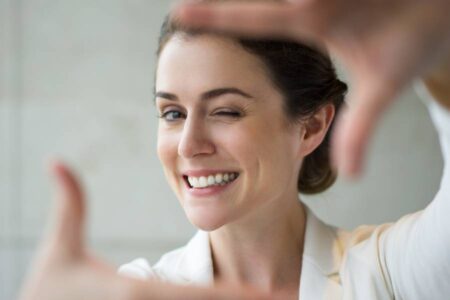
Nicotine Replacement Therapy: Does it work?
We take a brief look at the types and effectiveness of Nicotine Replacement Therapy and how the skin benefits from...
Embrace the Lifestyle You’ve Always Dreamed Of
What is Your Ideal Lifestyle?We all have an idea of our dream lifestyle, but it's easy to get caught up...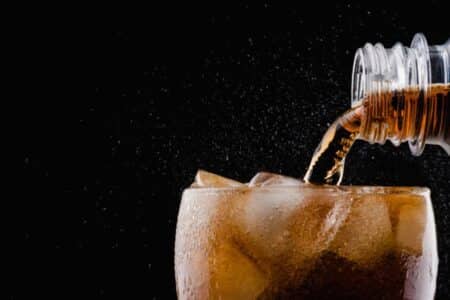
Are the ‘healthy’ fizzy drink options any good?
There are countless ‘healthy’ fizzy drink options in the market, but do they actually offer any benefits over their full-fat...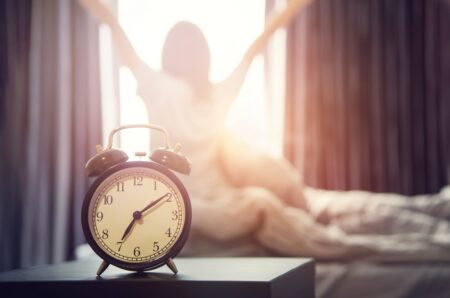
Crafting Your Dream Lifestyle: Tips for Living Your Best Life
Defining Your PrioritiesThe first step in crafting your dream lifestyle is to identify what truly matters to you. Take some...The Best Fitness Trackers
Which fitness tracker is right for you? We live in a society that is becoming ever more obsessed with health...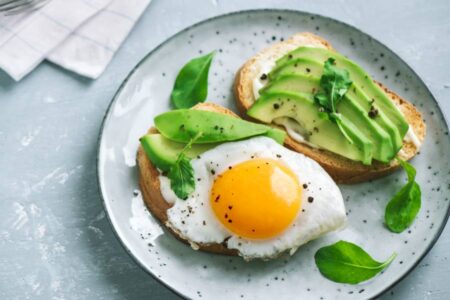
Intermittent fasting: Should you skip breakfast?
Can intermittent fasting really help you lose weight? Let’s take a look at the possible advantages, or lack thereof, of...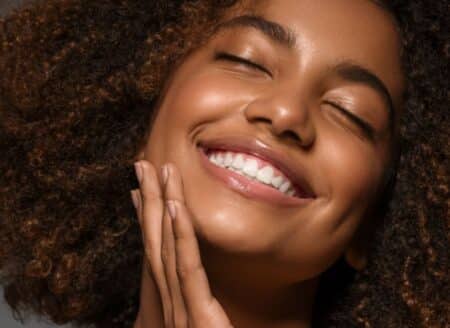
How to prevent skin damage in the winter
The festive season of baubles, presents, and merrymaking may be the worst for your skin, but it does not have...
Make Every Day Stylish
Being stylish is all about knowing how to accentuate your natural beauty while being comfortable in your own skin. (more…)
Black Friday: Where, When and Why
What's the DEAL with Black Friday? Our treatments are 50% for Black Friday (see prices), but what exactly is it,...Happy Customers
1,958 Reviews and CountingMobina carried out this treatment and she is v knowledgable, professional and attentive throughout. I’ve got my next appointment booked & can’t wait to see the results after that session.
I would highly recommend this treatment and Mobina.
 close
close



